Japan in January is cold and gloomy, as it is the middle of winter. Nothing but love and joy are present in the city. Throughout the entire year, Japan is a fantastic destination for Japan tourism. After visiting Japan, you can only depart physically because your spirit stays behind. The nation represents both contemporary and historically-rooted modern love. The following are some important considerations if you’re thinking about visiting Japan in January. Experience the captivating beauty and rich cultural heritage of Japan with our all-inclusive Japan tour packages.
Weather in Japan in January 2024
January is typically a cold month, with temperatures varying depending on the region. Here are some general characteristics of Japan during the month of January
- Winter season: January is right in the middle of the winter season in Japan. The winter season starts in December and lasts until February.
- Cold temperatures: Japan can be quite cold in January, especially in the northern parts of the country. In places like Sapporo, temperatures can drop to around -5°C (23°F) or even lower. Even in Tokyo, temperatures can be around 5-10°C (41-50°F) on average.
- Snow: Some parts of Japan, especially in the northern regions experience heavy snowfall in January. Places like Hokkaido, Aomori, and Niigata are known for their heavy snowfalls and winter festivals.
| City | Average High (°C) | Average Low (°C) |
| Tokyo | 10 | 2 |
| Kyoto | 9 | 0 |
| Osaka | 9 | 1 |
| Sapporo | -2 | -8 |
| Hiroshima | 10 | 2 |
Events and festivals in Japan in the month ofJanuary 2024
- New Year’s Day – New Year’s Day is one of the biggest holidays in Japan, and it’s a time for families to gather, eat traditional foods, and visit temples and shrines. Many people also watch the first sunrise of the year.
- Coming of Age Day (second Monday of January) – This holiday celebrates young adults who have turned 20 years old in the past year, which is the age of majority in Japan. There are ceremonies held throughout the country, and many young people wear traditional Japanese clothing.
- Sapporo Snow Festival (early February) – Although it technically takes place in February, this festival usually starts in late January. It’s one of the biggest winter festivals in Japan, and it features huge snow sculptures, ice skating, and other winter activities.
- Setsubun (February 3rd or 4th) – Setsubun is a traditional event that marks the end of winter and the beginning of spring. People throw roasted soybeans and shout “Oni wa soto, fuku wa uchi!” (Demons out, fortune in!) to drive away evil spirits.
- Hatsuichi (January 1st) – Hatsuichi is a traditional market that takes place on the first day of the year, and it’s a great place to buy traditional Japanese goods and food.
- Tondo Matsuri (January 14th-15th) – This festival, held in Kyoto, involves burning wooden prayer sticks to pray for good health and good fortune in the new year.
Top 3 Things to do in Japan during the month of January
1. Experience Hatsumode
While on your Japan tour, January is an excellent time to immerse yourself in Japanese New Year festivities. Hatsumode is the first Shinto visit of the year in Japan and it adds a cultural touch to your trip. Popular temples such as Meiji Shrine in Tokyo or Fushimi Inari Shrine located in Kyoto are visited by people to pray for good fortune. The environment is energetic and you can witness cultural performances while relishing traditional Japanese cuisine from the local food stalls.
2. Skiing in Hokkaido
January is ideal for indulging in winter sports. Hokkaido, an island in northern Japan is where you have to be if you want to try skiing. The snow in Hokkaido is so soft and apt for skiing. Also, don’t forget to relax in the hot springs after a day on the snow.
3. Witness the Sapporo Snow Festival
The Sapporo Snow Festival is held annually during late January or at the start of February. You can witness installations and enjoy the snow sculptures in Odori Park and Susukino in Sapporo, Hokkaido. The festival exhibits incredible ice and snow carvings, some of which are lit during the night, thus creating a magical winter experience. It is a unique event that attracts visitors to Japan.
Average Expenses to visit Japan in January
| Item | Average Cost in INR |
| Accommodation | 7,000-11,000 |
| Food (per day) | 1,500-2,500 |
| Transportation | 1,500-2,500 |
| Entrance fees | 500-1,000 |
| Shopping (souvenirs) | 2,000-3,000 |
Overall, January is a cold and wintry month in Japan, but it can also be a beautiful time to visit if you’re prepared for the weather. There are multiple winter activities that one can indulge in. Embark on an unforgettable journey with our curated Japan Tour Packages, offering a seamless blend of cultural immersion, scenic beauty, and extraordinary experiences.”
Frequently Asked Questioons
Japan experiences winter in January. It is generally cold, especially in northern regions like Hokkaido, with temperatures ranging from 0°C to 10°C (32°F to 50°F). Southern areas, such as Okinawa, are more temperate.
Yes, there are a number of events, including the New Year celebrations (Oshogatsu), where you can participate in traditional customs such as visiting temples, eating special foods, and watching cultural performances.
The majority of attractions remain open, though some may have shorter hours or be closed on specific days around New Year’s.
Yes! In Japan, taking advantage of hot springs during the winter is a popular pastime. The contrast between cold air and warm water is quite enjoyable.
Cherry blossoms typically bloom from late March to early April. January is too early for cherry blossoms; however, plum blossoms may begin in some warmer regions.
Related Itineraries

Scenic 6 Nights Japan Tour Package
- Flights excluded
- 4.5 star accommodations
- 4 activities
- Private transfer
₹ 1,31,669
Starting price/person
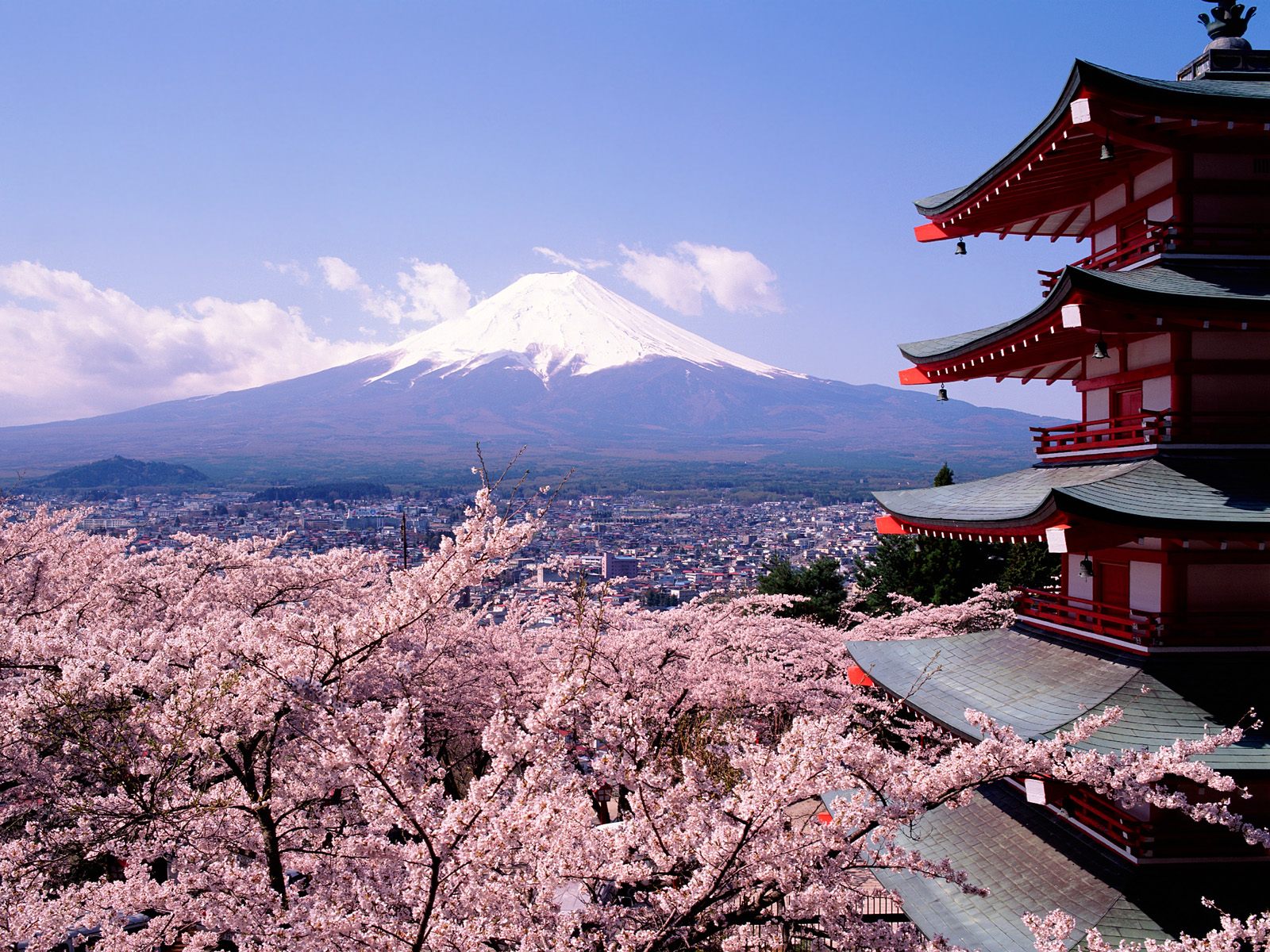
Serene 7 Nights Japan Tour Package from India
- Flights excluded
- 3 star accommodations
- 5 activities
- Private transfer
₹ 1,20,902
Starting price/person

Gorgeous 7 Nights Japan Holiday Package
- Flights excluded
- 3 star accommodations
- 6 activities
- Private transfer
₹ 1,60,012
Starting price/person
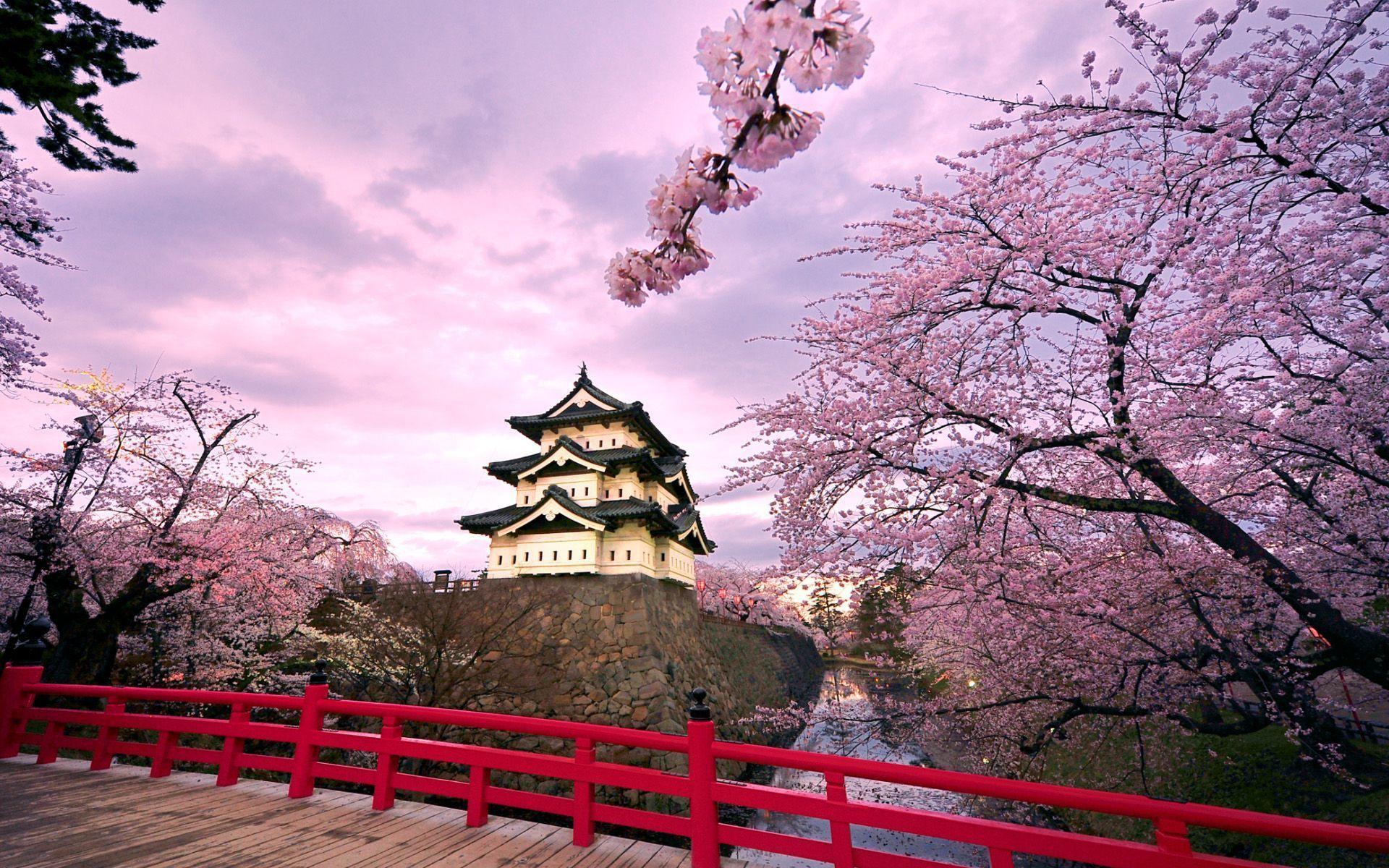
Fantastic 8 Nights Japan Travel Package
- Flights excluded
- 3 star accommodations
- 5 activities
- Private transfer
₹ 1,69,480
Starting price/person
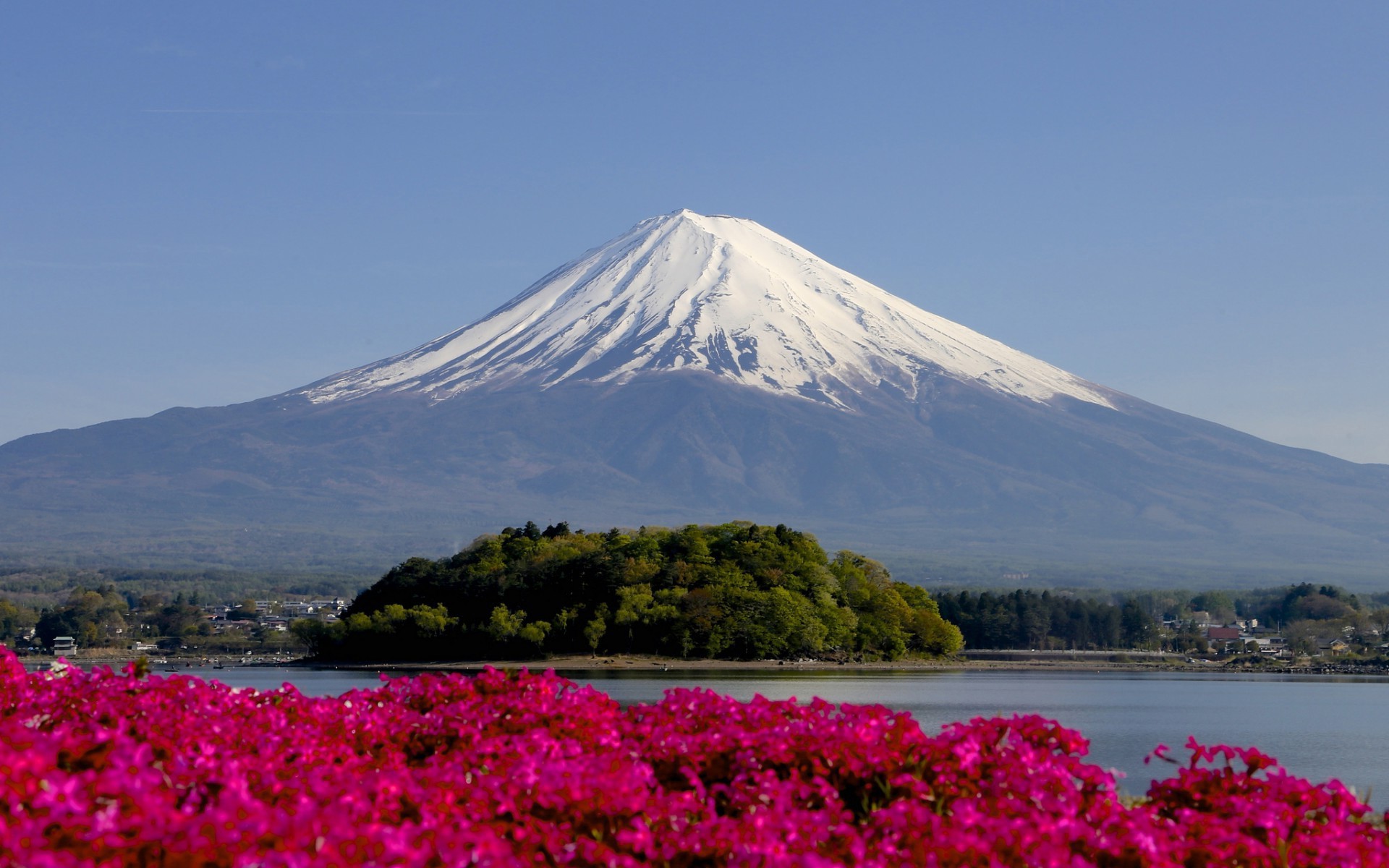
Amazing 5 Nights Japan Trip Package
- Flights excluded
- 3 star accommodations
- 4 activities
- Private transfer
₹ 1,14,802
Starting price/person
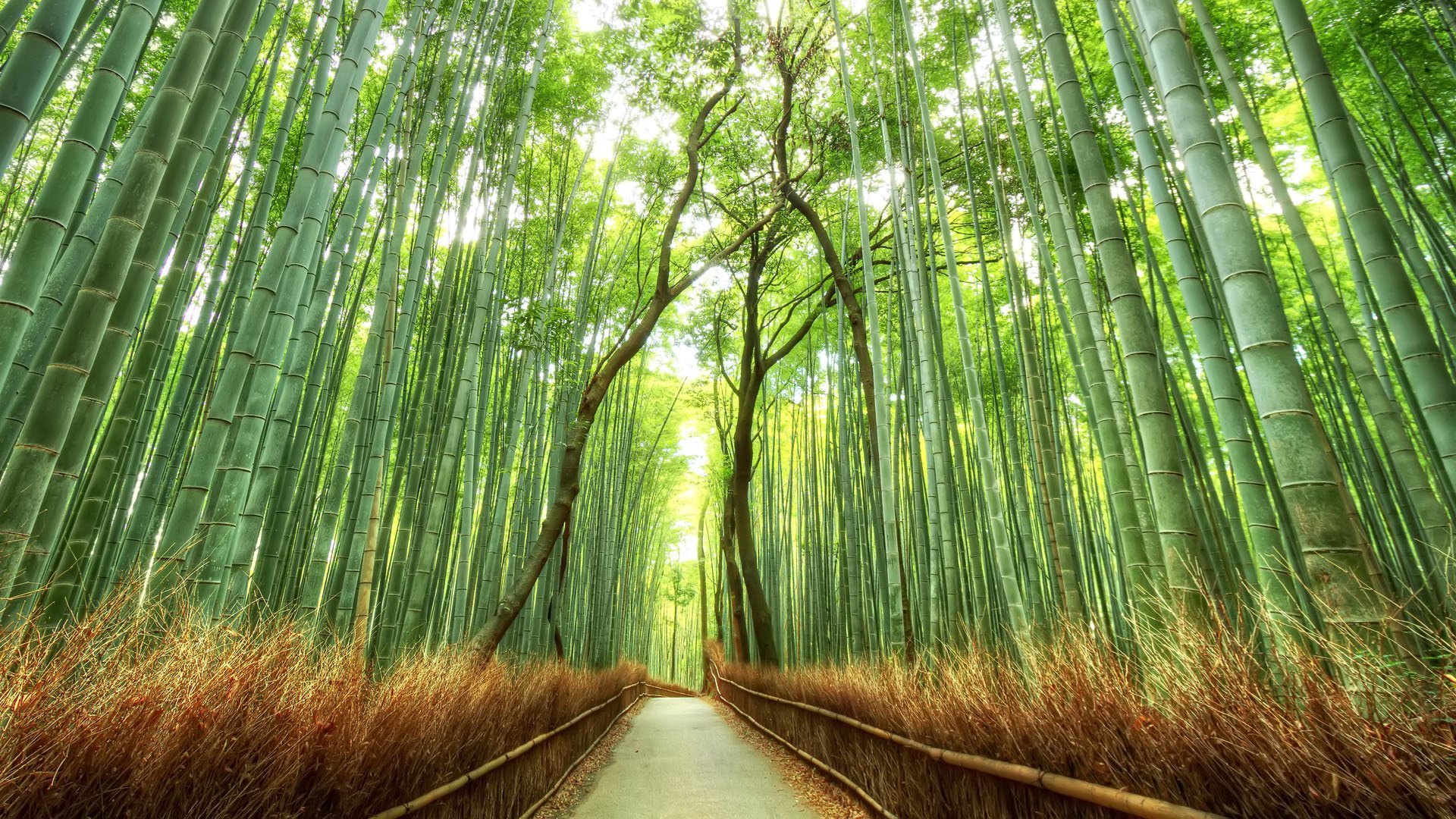
Thrilling 9 Nights Japan Vacation Packages
- Flights excluded
- 3 star accommodations
- 6 activities
- Private transfer
₹ 1,72,727
Starting price/person
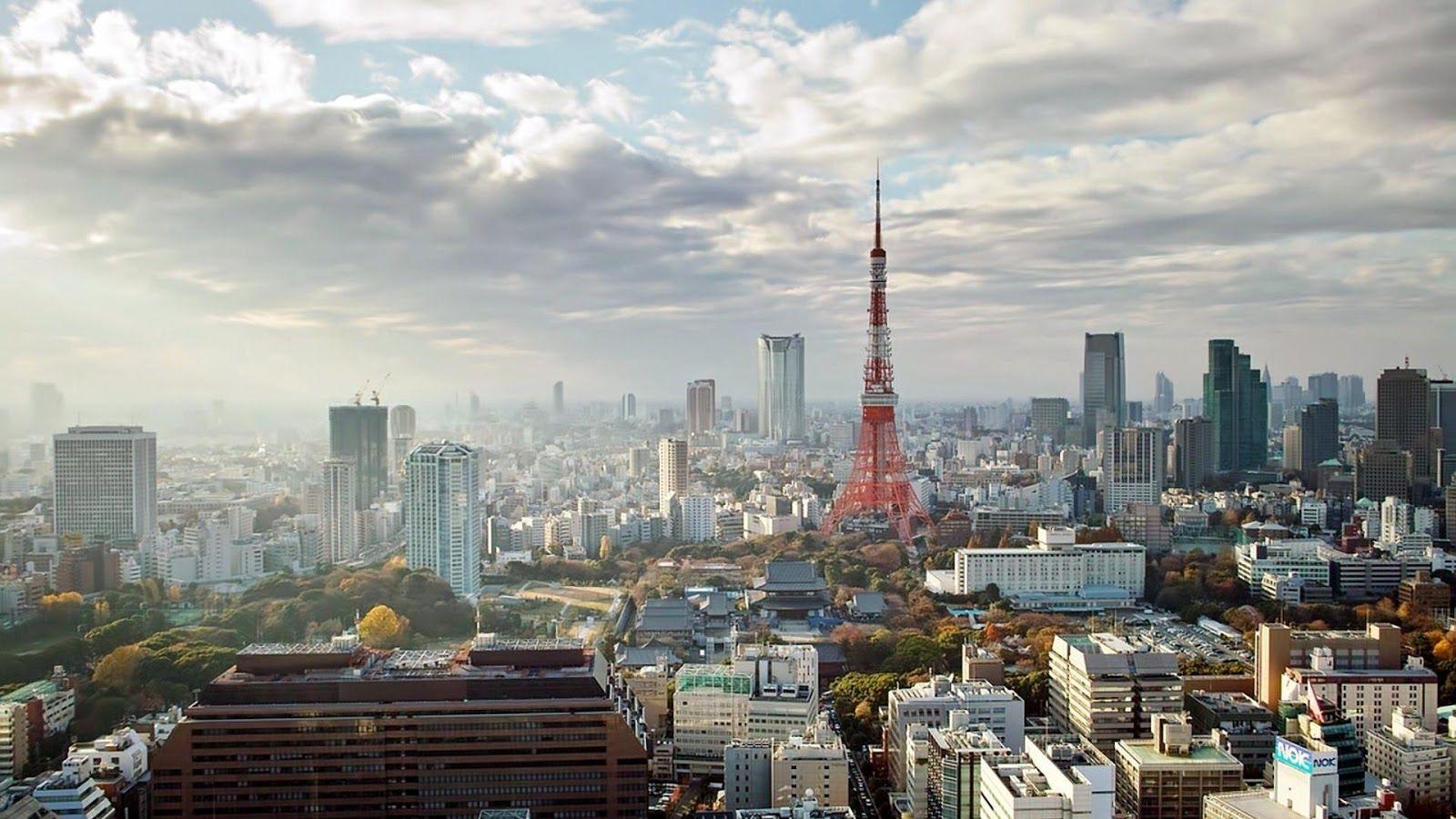
Romantic 6 Nights Japan Honeymoon Package
- Flights excluded
- 3 star accommodations
- 4 activities
- Private transfer
₹ 98,904
Starting price/person
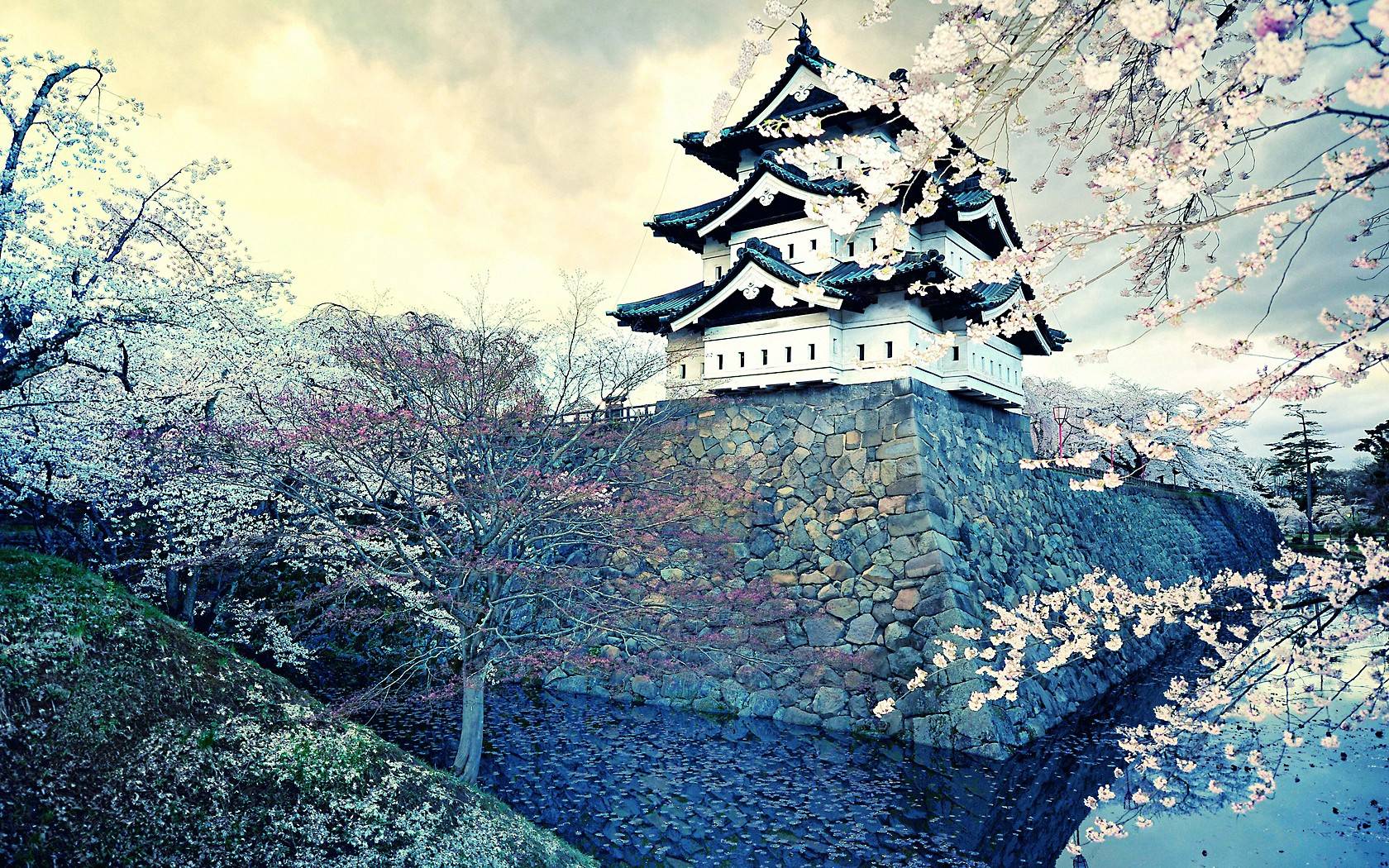
Fun 7 Nights Japan Family Package
- Flights excluded
- 3 star accommodations
- 6 activities
- Private transfer
₹ 1,64,728
Starting price/person
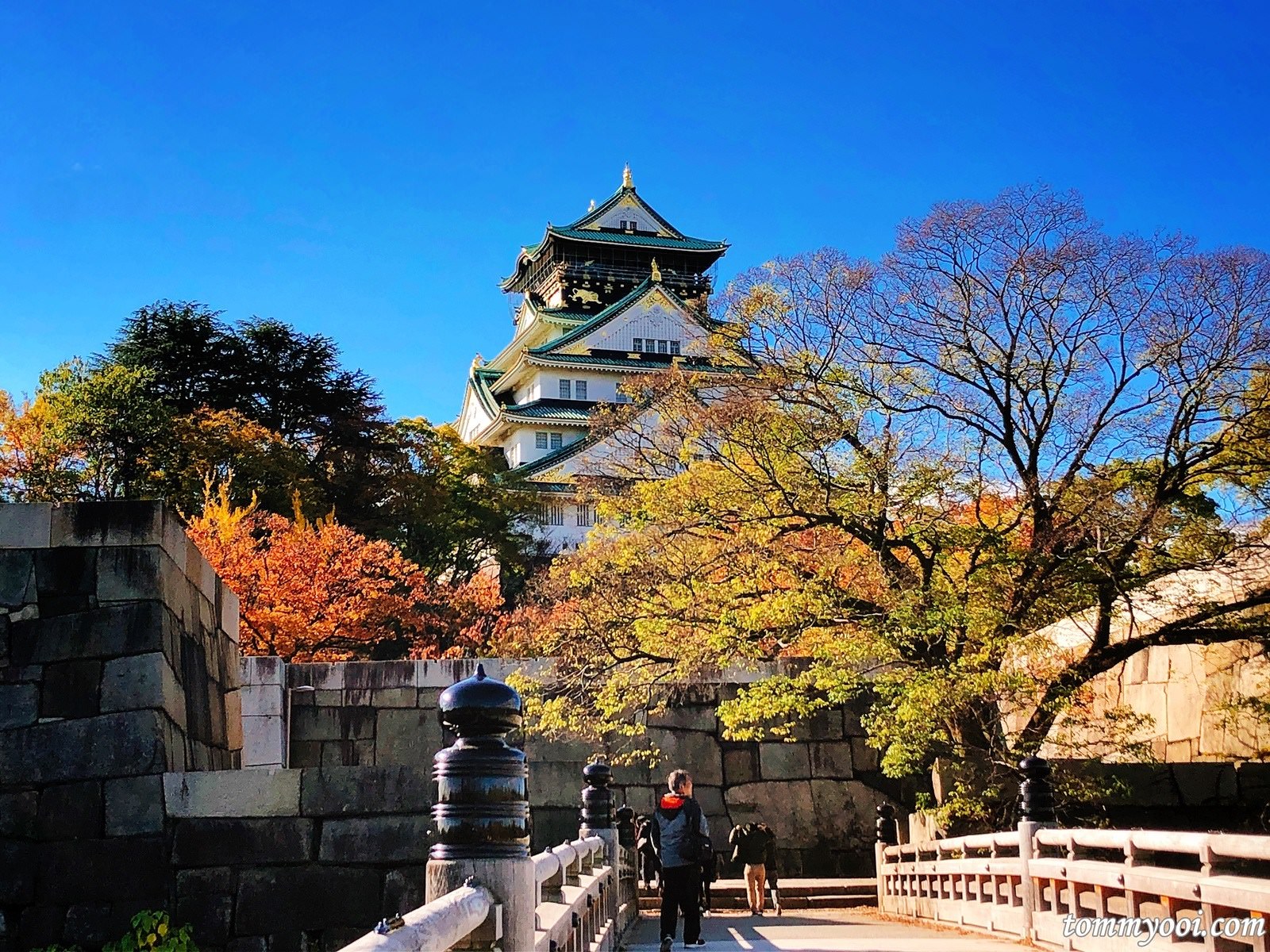
Stunning 8 Nights Japan Trip Package from India
- Flights excluded
- 3 star accommodations
- 7 activities
- Private transfer
₹ 1,93,298
Starting price/person
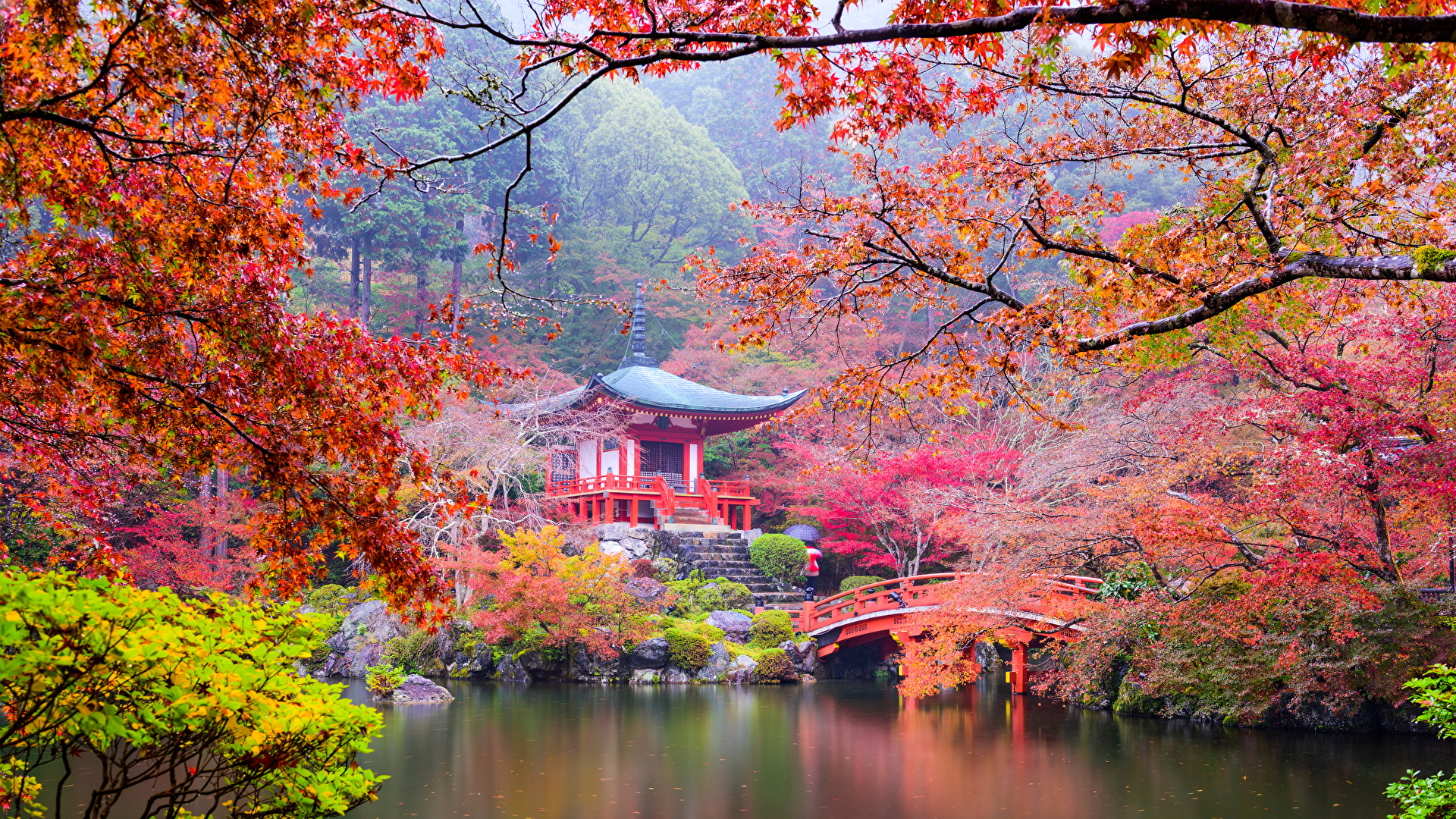
Classic 9 Nights Japan Couple Package
- Flights excluded
- 3 star accommodations
- 5 activities
- Private transfer
₹ 2,22,796
Starting price/person



